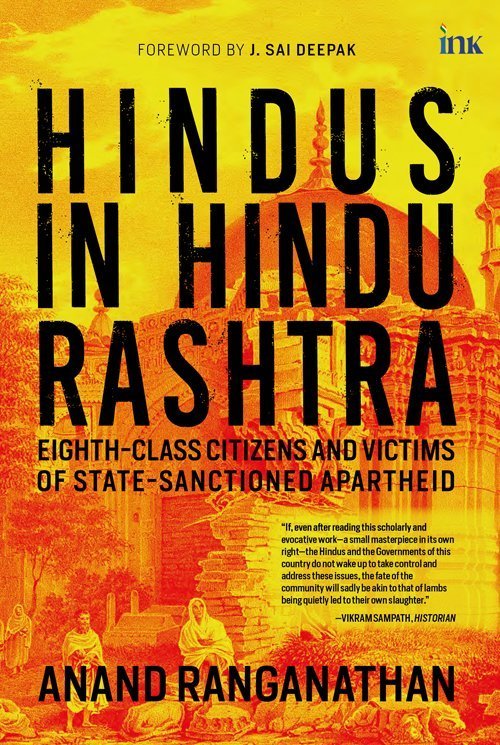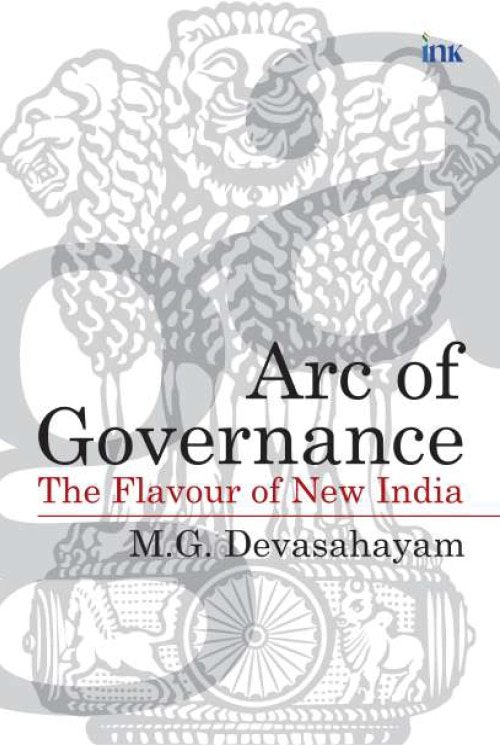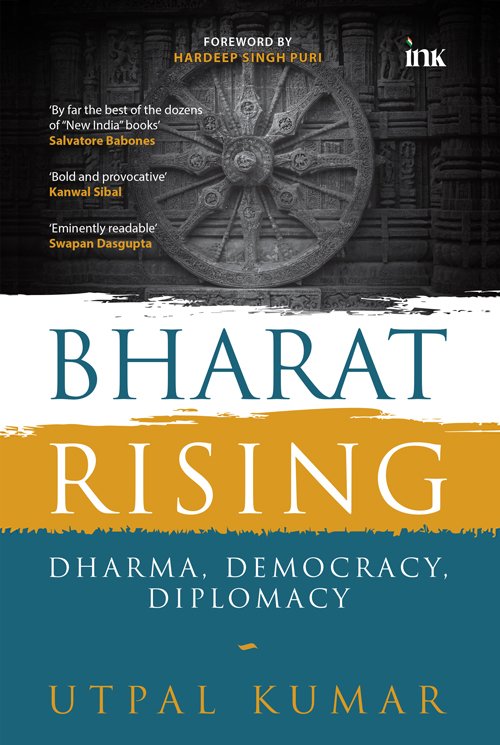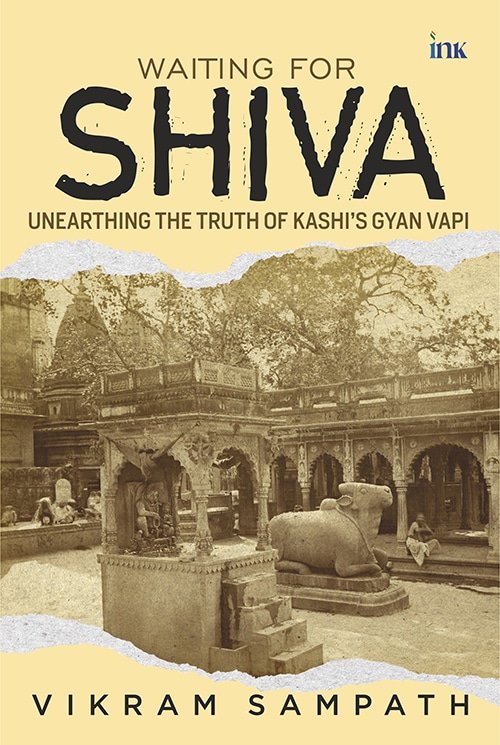Endorsements
A significant definition of not the word Hindu but ‘Hindutva’ comes from Rabindranath Tagore (1861-1941) in his 1901 essay titled ‘Hindutva’.
It is obvious that Savarkar totally rejected the argument that the caste system was based on some kind of notions of inherited characters that ancient Indians had. He was not apologetic about caste as part of the Indian heritage. It was a great experiment but he observed that it was a failed experiment. And collective human knowledge has been enhanced by our failed experiment, he opined.
While Savarkar was for industrialization and mechanization, Gandhi was against it.
From the inscription of the Persian emperor Darius in the 4th century BCE to the Andhra inscription of 14th century CE, the term Hindu has had a consistent inner meaning of a cultural, spiritual and geographical nature.
It is often stated in certain academic circles and media that the Hindutva of Savarkar and the Hind Swaraj of Gandhi are diametrically opposite. While the former was masculine more modelled on the Western conception of nation-state, particularly akin to Italian and German nationalist models, Gandhian conception is more feminine, accommodative of diversity and rooted to Indian tradition.




















Reviews
There are no reviews yet.